Our Mission
It’s our mission to create world leading products, but we do so understanding our responsibility to the environment around us. Since our inception in 1996 we’ve consistently invested in our people, processes and portfolio to develop and supply products that are not only loved by our customers around the world but are produced with minimum environmental impact. By implementing energy capture systems, minimising water usage and creating safe environments for our workforce, we’re committed to an agenda which is ethical, transparent and sustainable.
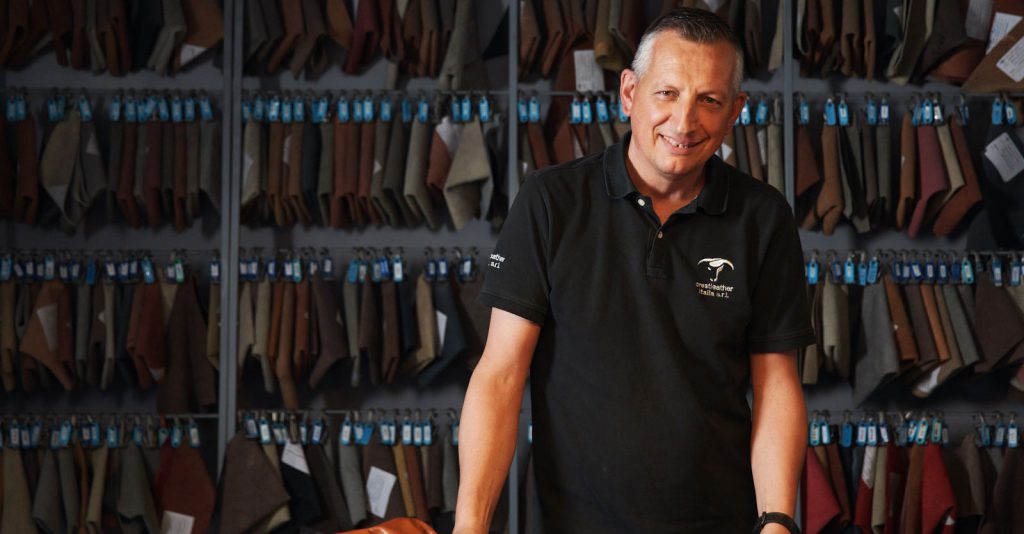
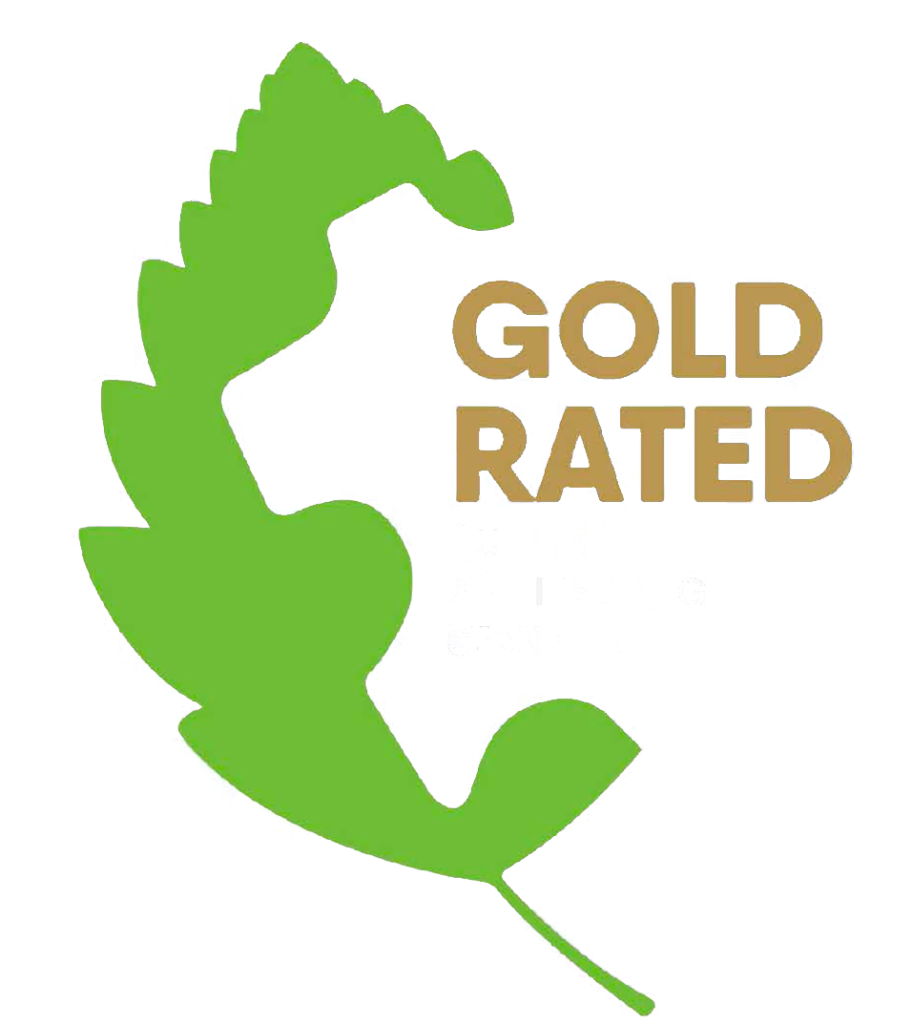
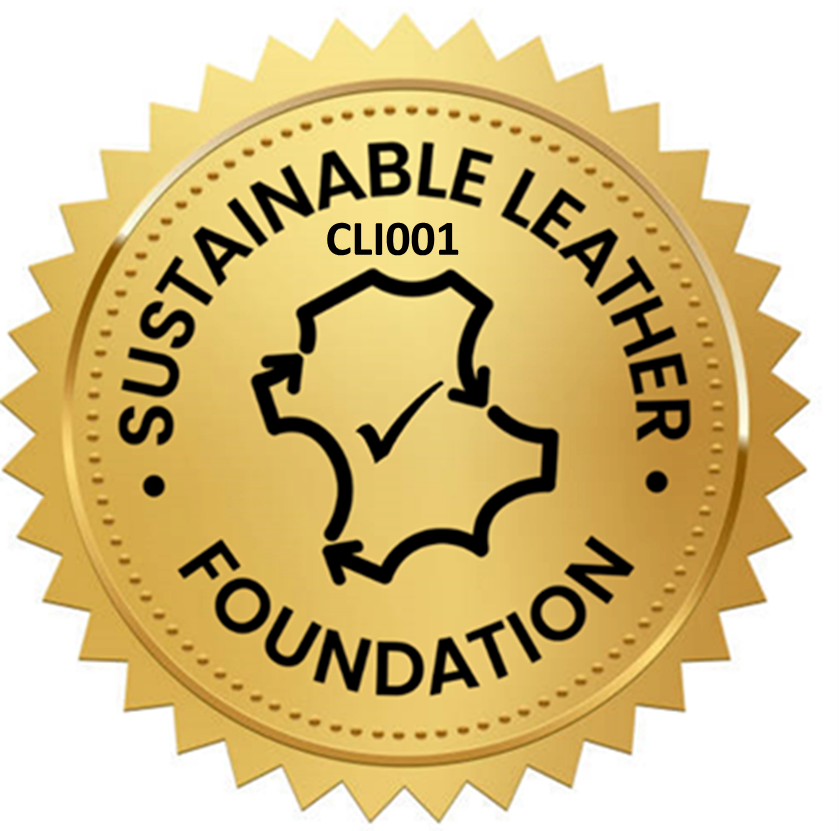
Sustainability Partners
Whether they’re supporting local communities, driving a sustainability agenda or developing grass-routes education initiatives, we’re proud to belong to and partner with the leather industry’s leading bodies and organisations. Find out more about our partnerships and accreditations.
A More Sustainable Choice
The leather we use is a by-product of the meat industry making use of millions of tons of waste material that would otherwise be sent to landfill or incinerated. At a time when there is an increased attention on a product’s lifetime value, good quality leather outperforms in this area. For example, a full grain aniline-dyed leather using small amounts of finishing can outlast fabric upholstery material by between four and five times.
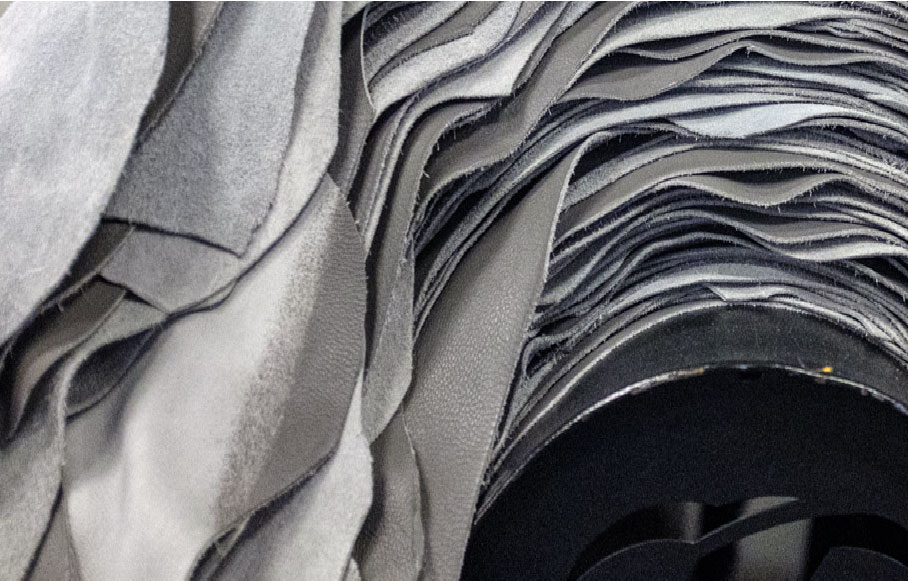
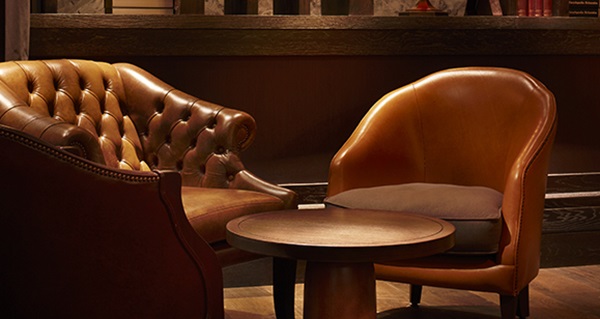
Natural Beauty
Because leather is a natural material, with a little care and attention, its aesthetic quality and appeal can actually improve, rather than diminish, over time. Depending on the finish of the leather, the surface quality will often develop a rich, individual patina creating a lived-in character and charm of its very own. For this reason, good quality leather furniture can often become a valued and cherished piece of furniture with a life span of many years.
Maintenance and Upkeep
In addition to generally having a longer lifetime value than fabric upholstery, leather maintenance and upkeep requires fewer resources. Normal wear and tear issues can be repaired easily by a competent local upholsterer and cleaning generally requires basic non-toxic, non-specialist materials. Read our blog on how to clean and maintain upholstered leather.
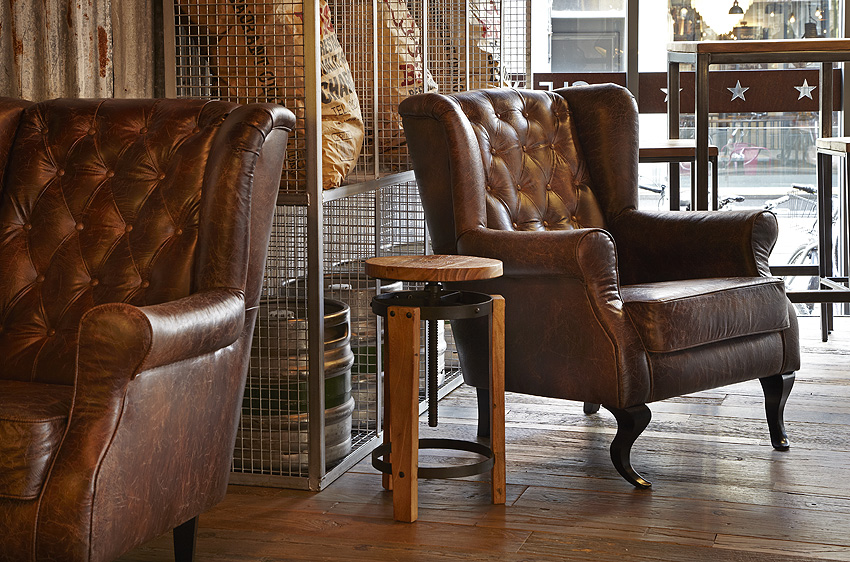
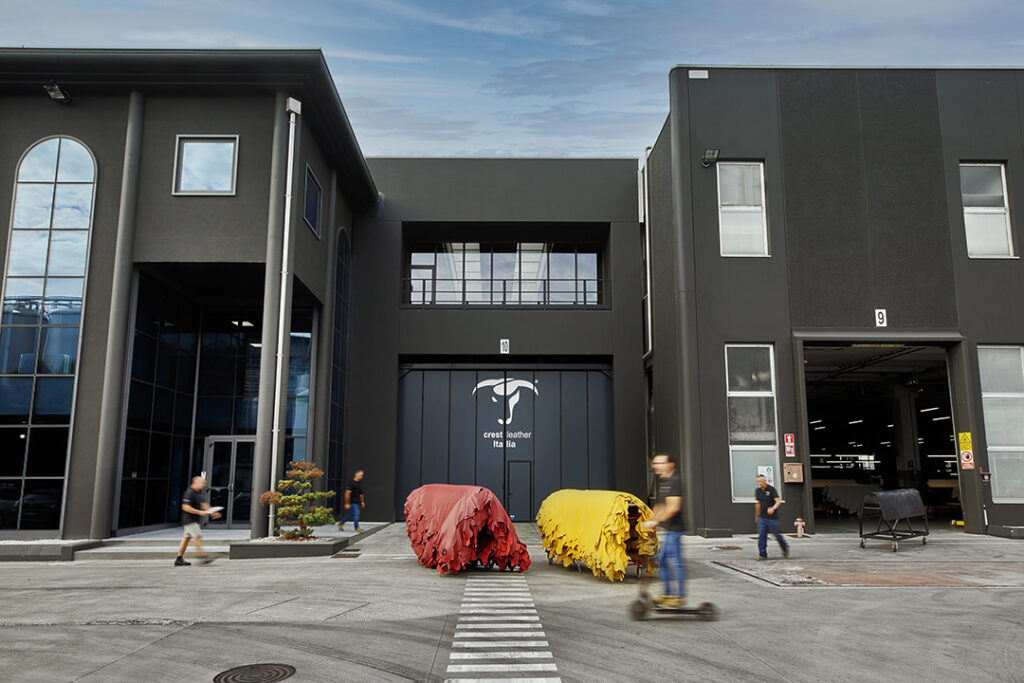
VERTICALLY INTEGRATED
Unlike most leather distributers,
we own our own tannery and therefore are able to control and manage the production process from raw hides to finished product. Having this oversight of the whole production process means we can guarantee the provenance of each and every piece of leather produced.
OUR PEOPLE
We believe in upholding standards and fair treatment for all of our people throughout our entire organisation. All of our employees working in our tanneries are protected by a Health and Safety legislation which is independently audited by relevant government agencies. We are committed to ensuring that training and development is provided to enable us to create an exemplary team and to provide them with the correct tools and protective equipment to enable them to do the very best job they can.
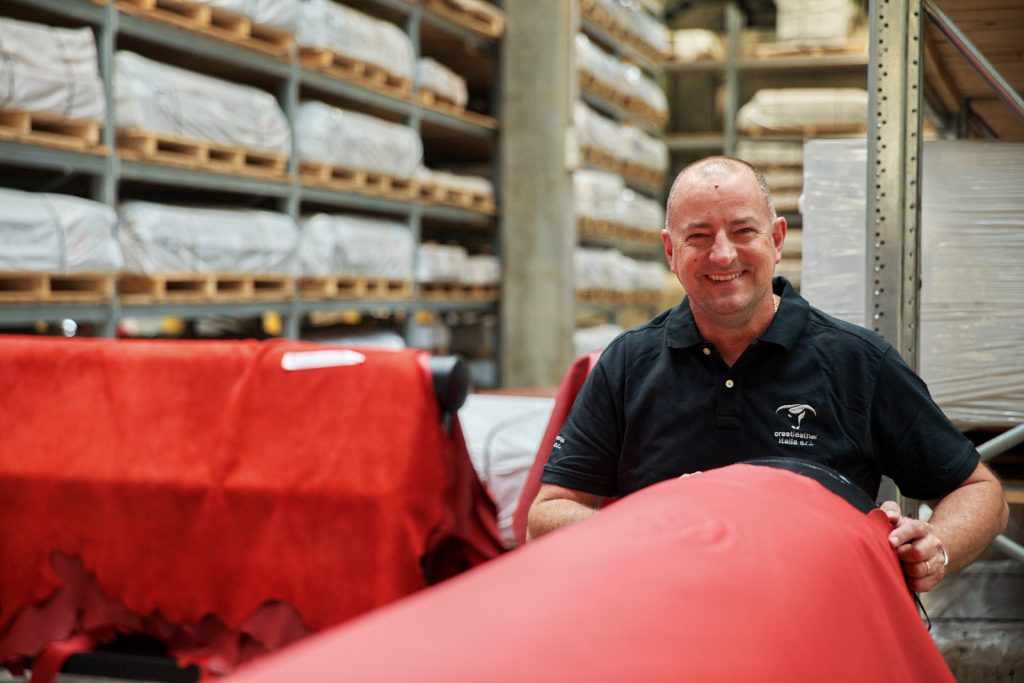
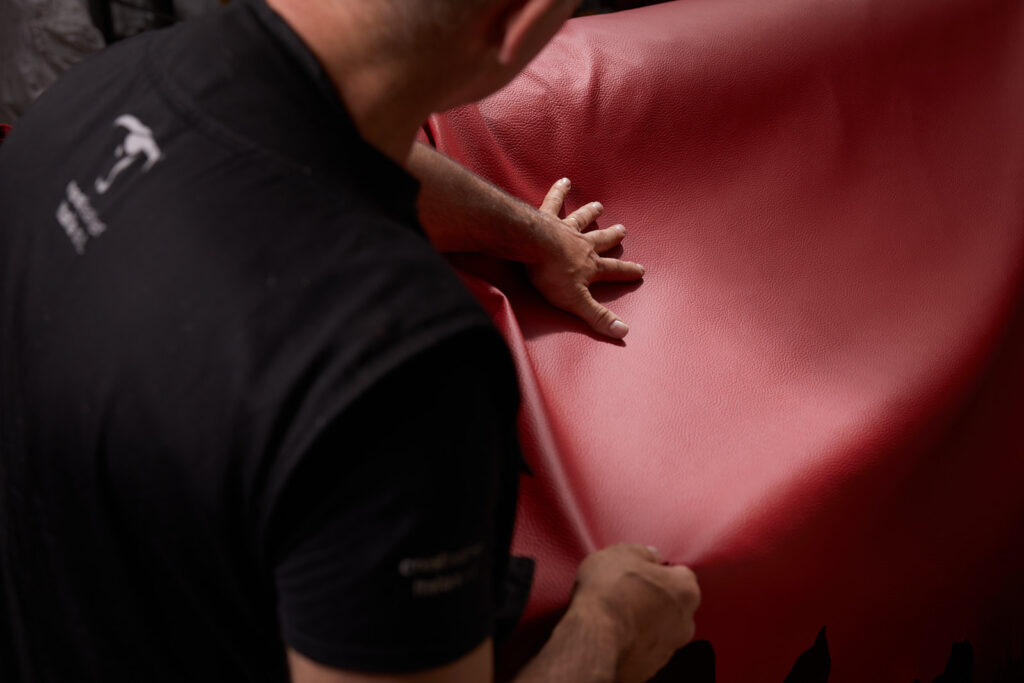
EVERY LAST PIECE
Throughout the manufacturing process we work hard to ensure that wherever possible any excess materials or by-products are reused or recycled. For example, gelatine collagen is produced from trimmings and off-cuts removed from the hides during the raw and liming stages of the process.
OUR MOST PRECIOUS COMMODITY
Ensuring water is used responsibly and sustainably is a key focus. All water used by the tannery is monitored, treated and reused where possible. Water not reused is cleaned and discharged in compliance with European environmental standards. Each of our tanning drums has been optimised to reduce water and increase energy efficiency. We’re committed to continuing to find innovative ways of reducing our impact when it comes to finite planet resources.

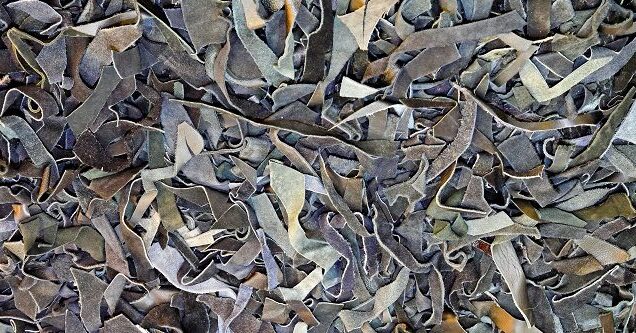
THE END OF THE ROAD?
Upholstered leather has an incredibly long lifespan when looked after properly, but like any material it will eventually wear out over time. Even so, leather is 100% post-consumer recyclable, can be 100% biodegradable (depending on any finishing treatments applied) and can be easily up-cycled and repurposed in the production of other products making it a fantastically sustainable product.
 Our use of cookies
Our use of cookies